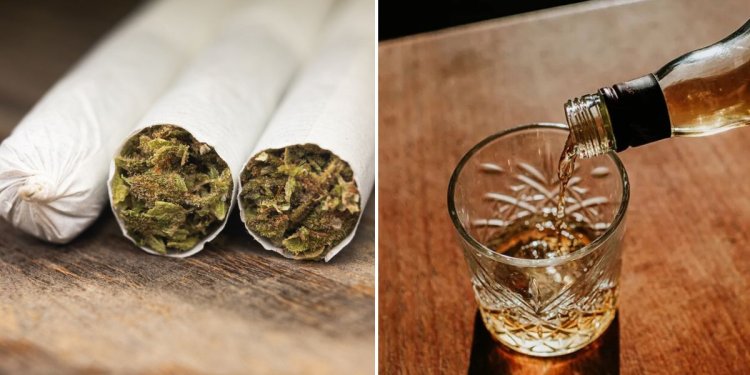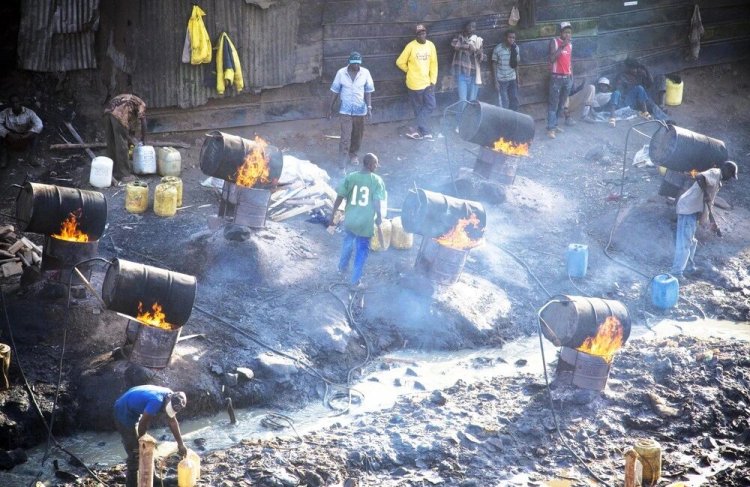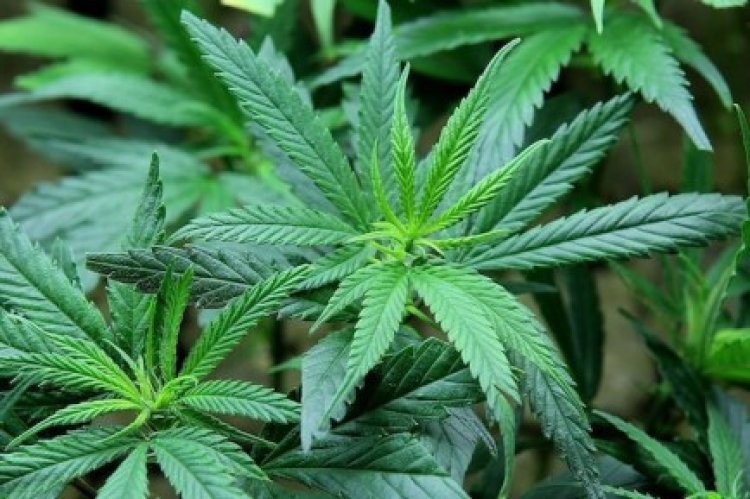NACADA Report Cites Nairobi, Western As Bhang, Alcohol Hotspots
The national survey on the “Status of Drugs and Substance Use (DSU) in Kenya, 2022” took into consideration about 3,199,119 people who are currently using alcohol.

Nairobi County has been found to have the most consumers of cannabis (bhang) as well as the consumption of legally manufactured alcohol, according to a survey conducted by the National Authority for the Campaign Against Alcohol and Drug Abuse (NACADA).
The survey released on Monday, September 11 revealed that Nairobi has the highest consumption of legally produced alcohol at 10.3 per cent, followed by Central Kenya at 10 per cent and the Eastern region at 8.4 per cent.
This is however compared to the Western region which has an alcohol consumption rate of 26.4 per cent, followed closely by the Coast region with a rate of 13.9 per cent, while Central Kenya is third with 12.8 per cent. This places Western Kenya as the region with the highest prevalence of alcoholism in the whole country.
In terms of consuming chang'aa, a traditional spirit made from the fermentation of grains like millet, Western topped again with a rate of 11.4 per cent, followed by Nyanza with 6.3 per cent and Rift Valley with 3.6 per cent.

Image of a chang'aa den in Kenya. /AL JAZEERA
Western led again in the prevalence of current use of traditional liquor at 12.9 per cent, followed by Coast at 7.4 per cent and Nyanza at 2.2 per cent.
In terms of drinking spirits, the NACADA report revealed that the Central Region leads with a prevalence of 4.1 per cent, followed by the Coast at 3.2 per cent and Rift Valley at 3.1 per cent.
Generally, NACADA classified alcohol as the most abused drug in Kenya, with one in every 8 Kenyans aged between 15 and 65 years currently consuming alcohol.
The national survey on the “Status of Drugs and Substance Use (DSU) in Kenya, 2022” took into consideration about 3,199,119 people who are currently using alcohol.
In terms of bhang, Nairobi recorded the highest consumption of the drug with a percentage of 6.3 per cent followed by Nyanza (2.4%) and Coast (1.9%).
On the list of the most abused drugs in the nation, cannabis however ranked fourth below Khat, otherwise known as Miraa, Tobacco and Alcohol which topped the list.
One in every 53 Kenyans aged 15 – 65 years, an approximate population of 518,807 people, are currently using the drug, further revealed to have had an increase in its usage by 90 per cent in the past five years.
Tobacco came in second on the list with a prevalence of 8.5% which translates to one in every 12 Kenyans aged 15 – 65 years (2,305,929) using the drug. In a regional breakdown, the Central region recorded the highest at 11.9% followed by Coast (10.8%) and Eastern (10.7%).
Khat, otherwise known as Miraa, was third with a prevalence of 3.6% meaning 1 in every 28 Kenyans aged 15 – 65 years (964,737) are current users. The substance is mostly used in the Eastern region with a percentage of 9.6% followed by North Eastern (7.2%) and Nairobi (4.9%).
NACADA adds that one in every 500 Kenyans aged 15 – 65 years (60,407) are using prescription drugs. Of the same age demographic, one in every 500 males (18,567) and 1 in every 333 females (41,840) are using the drugs.
About 1,766,583 Kenyans were found to be using polydrugs (multiple drugs) and 4,733,152 were using at least one substance.
The data further showed that the average age category for initiation of tobacco, alcohol, khat, cannabis, prescription drugs, cocaine and heroin was 16 – 20 years.
However, the minimum age of initiation for tobacco was 6 years, alcohol (7), cannabis (8), khat (9), prescription drugs (8), heroin (18) and cocaine (20).
“The survey was conducted in selected clusters spread across the 47 counties of the Republic of Kenya,” the survey stated.
“The study sampled Kenyans aged 15 to 65 years. The sample for the survey was obtained from the Kenya a Household Master Sample Frame (K-HMSF) maintained by the KNBS.”







